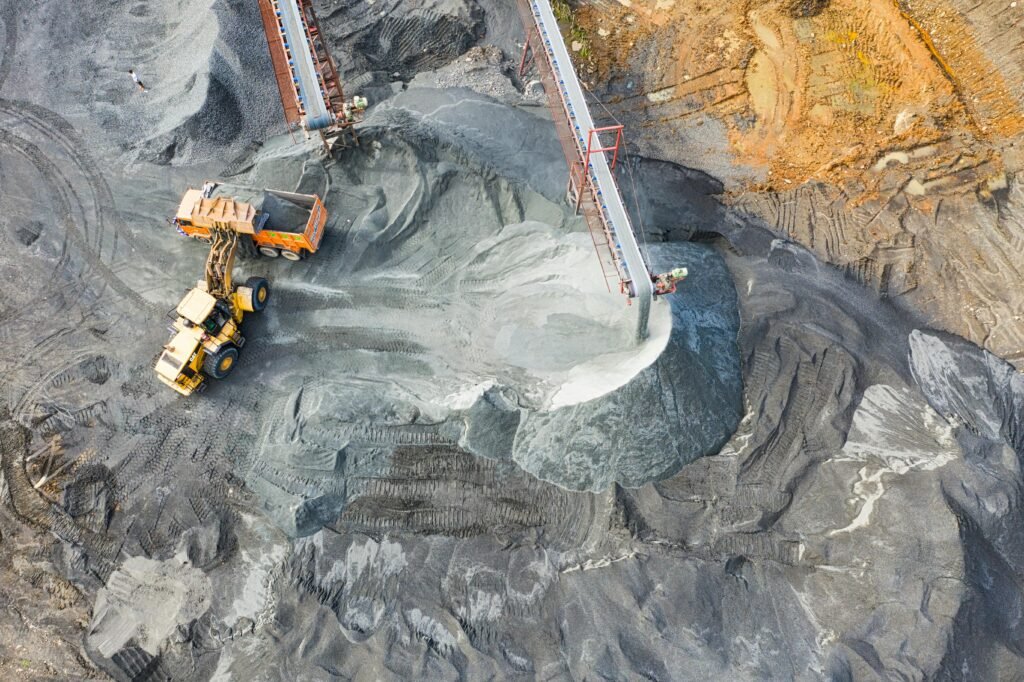
Landslides are not just natural disasters—they are often predictable events if we know how to read the terrain. One of the most reliable tools for this is topographic analysis using contour and slope maps. In regions with heavy rainfall and unstable soil, understanding slope gradients can be the difference between safety and disaster.
What Is a Topographic Map?
A topographic map represents the elevation and shape of the land using contour lines. The closer the lines, the steeper the terrain. These maps are essential for planners, geologists, and disaster risk professionals to identify vulnerable zones.
Why Steep Slopes Matter
Steep slopes are more likely to collapse under pressure—whether due to rain, deforestation, or construction. Mapping slope angles allows us to visualize high-risk zones before disaster strikes. Slope maps can classify land into degrees of risk, from low (flat land) to extreme (steep hillsides).
From Contour Lines to Hazard Zones
By overlaying topographic data with rainfall records and land cover analysis, we can produce landslide susceptibility maps. These maps often mark red zones on steep slopes—highlighting areas where intervention, conservation, or evacuation planning is critical.
The Role of Technology
Software like QGIS (Quantum GIS), Google Earth Engine, and other GIS platforms enable researchers to process terrain data and simulate slope stability. With satellite imagery and elevation models (DEM), the workflow becomes:
Satellite Data → Elevation Model → Slope Calculation → Hazard Mapping
Real-World Application
Local governments and NGOs use these maps to guide infrastructure development, road construction, and emergency preparedness. For example, roads or housing projects can be re-routed based on identified hazard zones, reducing risk and saving lives.
Mapping for Safer Communities
Topographic awareness empowers both professionals and communities. By understanding the land, we can avoid building in dangerous places, invest in mitigation efforts, and advocate for safer planning practices.
